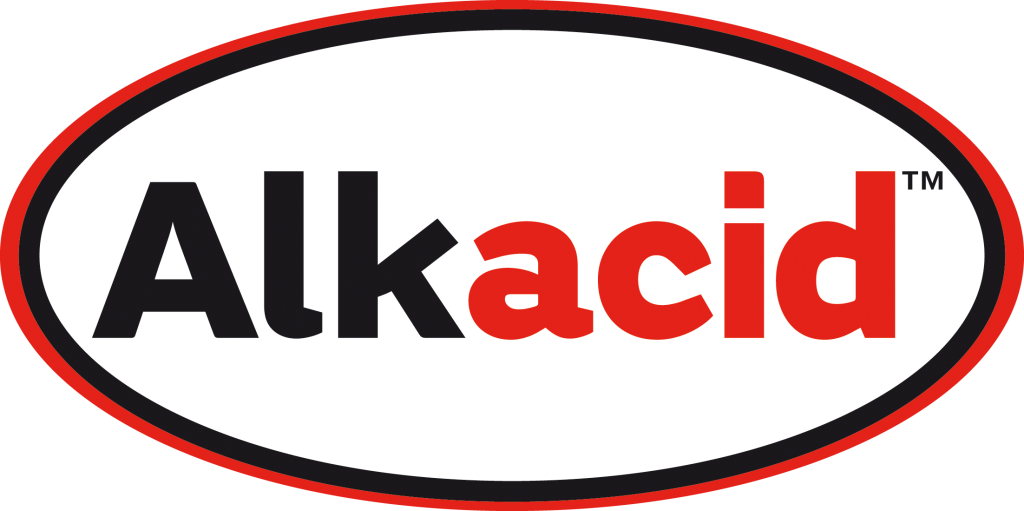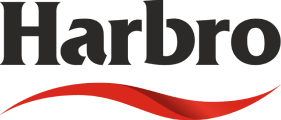A New Nutritional Strategy for Optimised Performance
Stress is an unavoidable component of modern dairy systems. Whether due to nutritional, environmental, metabolic, or management factors, stress can compromise cow health, feed efficiency, and ultimately, profitability. Yet stress is not always overtly visible – subtle physiological challenges may go unnoticed until performance metrics begin to slip.
Among the most impactful types of stress in dairy cows is heat stress, which is increasingly prevalent even in temperate climates such as the UK. However, it’s critical to recognise that nutritional strategies designed to support cows during heat stress can, and should, be applicable to a wider range of stressors. This is where the synergistic use of Alkacid and GlucoseAid Extra presents a forward-thinking approach to modern ruminant nutrition.
Understanding Stress in Dairy Cattle
Stress in dairy cattle encompasses a range of physiological disruptions triggered by factors such as calving, ration changes, transport, disease challenge, or high metabolic load. These stressors often impair feed intake, immune function, and energy metabolism. As a result, cows under stress are more prone to metabolic disorders, subclinical disease, and reduced milk yield.
What makes stress particularly insidious is that it is not always visible. Cows may appear normal while experiencing reduced rumen efficiency, immune suppression, or hormonal imbalances that affect reproduction, digestion, or lactation.
The Impact of Heat Stress on Dairy Performance
Heat stress occurs when cows are unable to dissipate excess body heat, often at temperatures as low as 22–25°C when humidity is high. It leads to a cascade of physiological changes: reduced dry matter intake (DMI), increased maintenance energy
requirements, and a redirection of nutrients away from productive functions like milk synthesis and reproduction.
The economic cost of heat stress is substantial. Research suggests that even mild heat stress can reduce milk yield by 2–4 litres per cow per day, impair fertility, and increase somatic cell counts. Cows divert glucose towards thermoregulation and immune support, increasing the risk of energy deficits and conditions such as subclinical ketosis. Long-term effects include increased days open, reduced conception rates, and compromised transition health.
A Dual-Pronged Nutritional Strategy: Alkacid + GlucoseAid Extra
In the face of stress — especially heat stress — supporting both rumen stability and systemic energy metabolism is vital. This is where the combination of Alkacid, a multi-functional buffer, and GlucoseAid Extra, a protected sugar supplement, offers significant value.
Alkacid: Protecting Rumen pH and Buffering Capacity
Alkacid is a multi-combination buffering agent specifically designed to stabilise rumen pH, particularly under acidic or high-concentrate feeding conditions. It features a honeycomb structure, maximising surface area and allowing for prolonged acid absorption over a 24-hour period.
Key benefits of Alkacid include:
- Stimulates saliva production by 185%, enhancing natural buffering.
- Buffers rumen pH, reducing acidosis risk and improving fibre digestion.
- Increases water intake by 10%, critical during heat stress when hydration drives thermoregulation and DMI.
- Promotes beneficial microbial populations and slows down the starch-digesting rumen bugs to reduce rumen ‘fizz’, while enhancing bypass starch availability to help support milk yield Demonstrated performance lift: +2.3 L milk, +0.3% butterfat and +0.12% milk protein.
Alkacid is particularly effective in rations that include wet, acidic silages, high starch, high levels of processed cereals or low levels of physically effective fibre, or during ration transitions – all of which may coincide with stress events.
GlucoseAid Extra: Delivering Bypass Energy When It’s Needed Most
GlucoseAid Extra is a rumen-protected sugar, designed to bypass microbial degradation in the rumen and deliver energy directly to the small intestine. This provides a direct energy source for high-demand tissues, including:
· The mammary gland, for increased lactose synthesis and milk yield.
· The immune system, which can require a massive 1kg of glucose in 12 hours during active immune responses.
· The liver, supporting gluconeogenesis (creation of glucose for the cow to use), detoxification of mycotoxins, and lipid metabolism, especially crucial during the transition period or metabolic stress.
Critically, the sugar in GlucoseAid Extra offers a targeted release of energy, without relying on the liver to create sugar post-ruminally – a big weakness of the cow especially during times of stress. Field results have shown that GlucoseAid Extra improves fresh cow performance, reduces condition loss post-calving, and cuts the need for propylene glycol drenching by improving baseline energy status.
Why Combine Alkacid and GlucoseAid Extra?
Stress – heat-related or otherwise – creates a dual challenge: ruminal instability and systemic energy deficiency. Feeding Alkacid and GlucoseAid Extra together creates a synergistic solution:
| Challenge | Alkacid Action | GlucoseAid Extra Action |
| Low rumen pH / acidosis | Buffers acid with 24-hour mode of action | Prevents need for diet shifts to increase propionate production which can also lead to lower rumen pH |
| Reduced DMI | Encourages water intake, stabilises digestion | Direct glucose support even when intake drops |
| Energy deficit | Supports rumen function, forage digestion | Delivers bypass sugar |
| Immune challenge | Reduces risk of leaky gut – causing an immune challenge | Fuels immune cells directly |
| Transition/metabolic stress | Buffers dietary transitions | Reduces risk of ketosis and liver overload |
Together, these two products support rumen function and whole-body resilience, helping cows maintain production, fertility, and health even in the face of multiple stressors.
Beyond Heat Stress: A Universal Stress Strategy
While we consider warmer days and anticipate heat stress challenges, this concept of combining Alkacid and GlucoseAid Extra is universally applicable to any period of physiological stress. Transition periods, ration changes, calving, regrouping, or health challenges all impose hidden costs on metabolism and performance.
By recognising stress as a systemic challenge with ruminal and metabolic components, we can better support dairy cattle through nutritional precision – not just during the summer months, but throughout the year.
Key Points:
- Stress in dairy cattle is often invisible but impacts intake, immunity, metabolism, and performance – especially during events like calving, ration changes, and disease challenges.
- Heat stress, even in UK climates, reduces DMI, milk yield (by 2-4L/day), fertility, and energy balance; glucose demand rises while intake drops.
- Alkacid supports rumen health by buffering pH, enhancing saliva production, increasing water intake, and improving fibre digestion, especially valuable during acidic diets or stress periods.
- GlucoseAid Extra provides bypass energy via protected sugar, supporting the immune system, liver function, and milk production without relying on liver-derived glucose.
- Combined use addresses both rumen stability and systemic energy needs, helping manage acidosis, low intake, immune stress, and metabolic imbalance.
- This strategy extends beyond heat stress, offering a year-round nutritional solution for any stress-related performance challenge in dairy cows.


